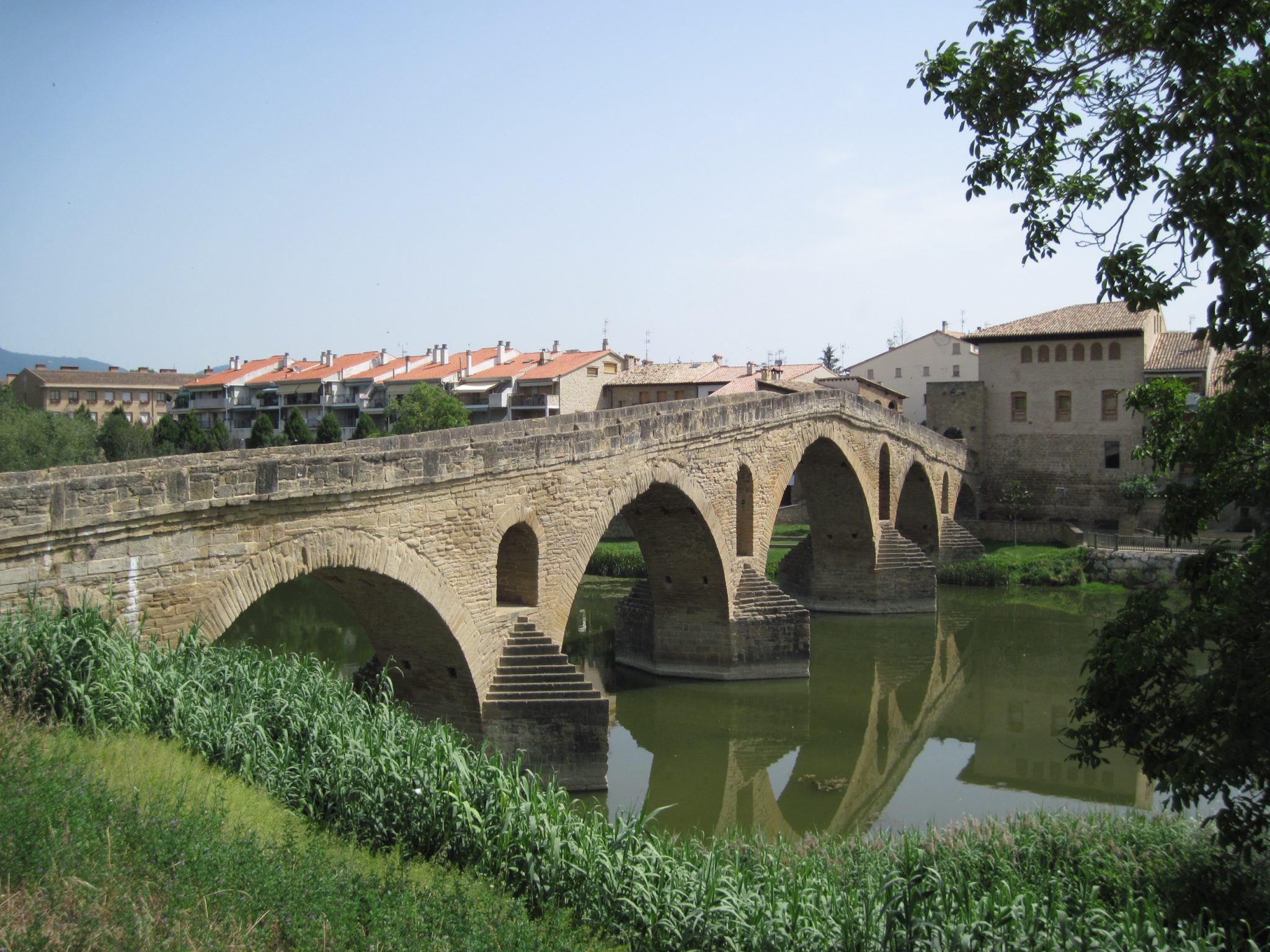
Each person pursues a different desire on the Way of St. James. But they have one thing in common: they all seek some form of self-renewal. During the almost 1000 kilometer long route and 40 days of being on the road, the rituals of the pilgrimage deepen and strengthen the will, and make a person capable of leading a changed life once arriving home. On the occasion of World Pilgrimage Day, July 25, we asked Csaba Ujvári, teacher of the Franciscan High School in Szentendre, how he experienced the Camino.
This article was written by Éva Trauttwein and was originally published on our sister-site, Ungarn Heute.
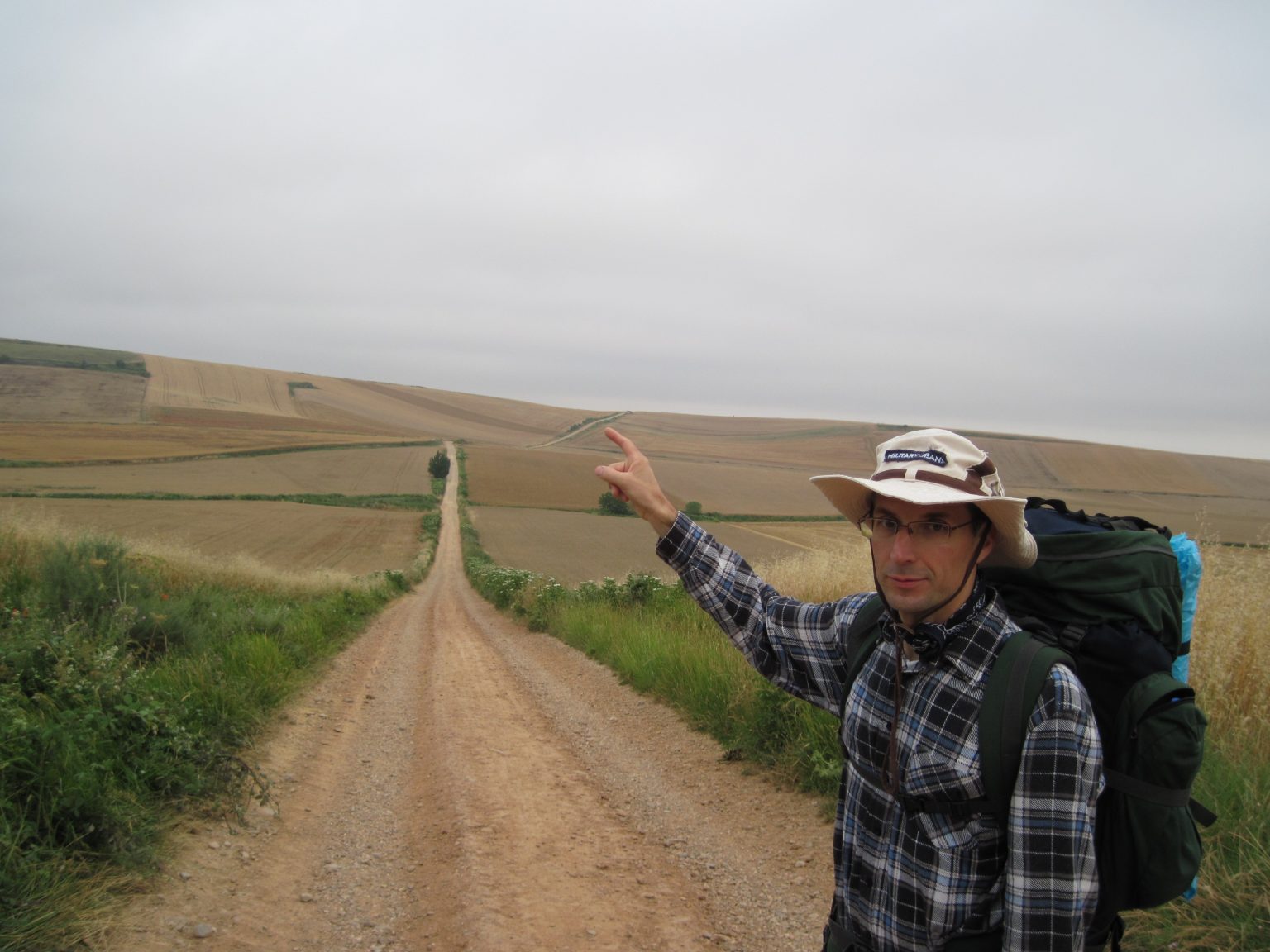
Have you come home a new person?
No, and yes. The Way of St. James is a path of healing, clarification, peace, international understanding, and love. This experience, as well as the physical effort and the rituals – burning the worn clothes and the festive mass in the cathedral – form the person.
From the beginning, with my companion, we planned to burn our old clothes and put on new ones, as a seal of renewal, upon arrival at the final destination, Finisterre – an extension of the Way of Saint James, the westernmost tip of the European continent. This became an exciting event. On our 40-day pilgrimage, it was the only gloomy day. In the fog, under the cloudy sky, we covered the last kilometers. Everywhere was written: ‘Fire is forbidden!’. What to do now? There were few people around, so we decided to continue our plan and started a small fire, our T-shirts and worn shoes ending up in the flames.
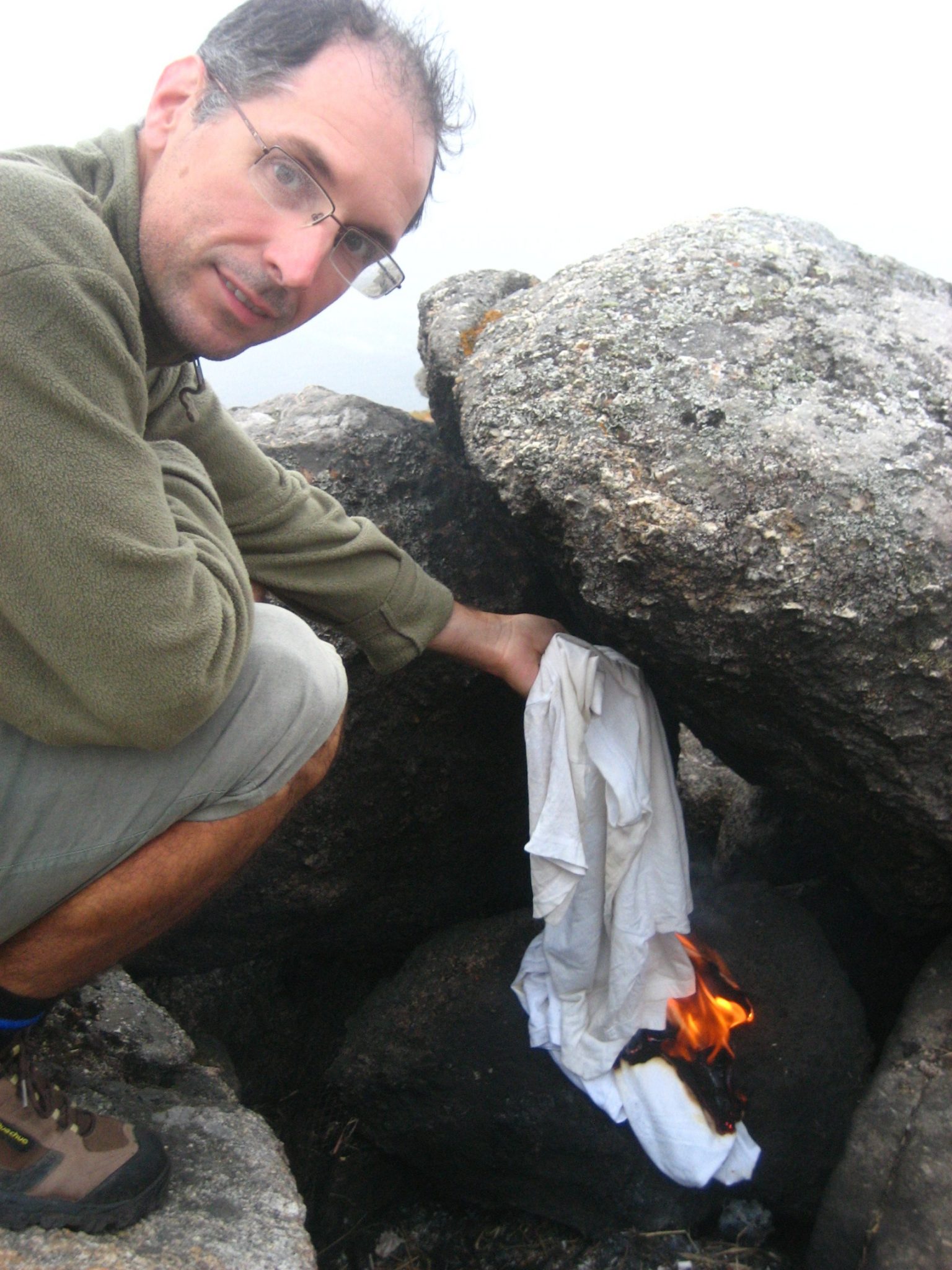
Suddenly, someone stopped behind us. We looked up with excitement. Instead of the feared policemen, two men were standing there: Austrians. In the joy of meeting neighbors, we embraced. They wanted to join us, and put their T-shirts on the fire. The rebellious Hungarians and the rule-following Austrians. Soon Italians appeared, then Germans. We saw that the fire could still exceed the acceptable size and said goodbye to the group. The ritual burned in: let go, interpret, and change.
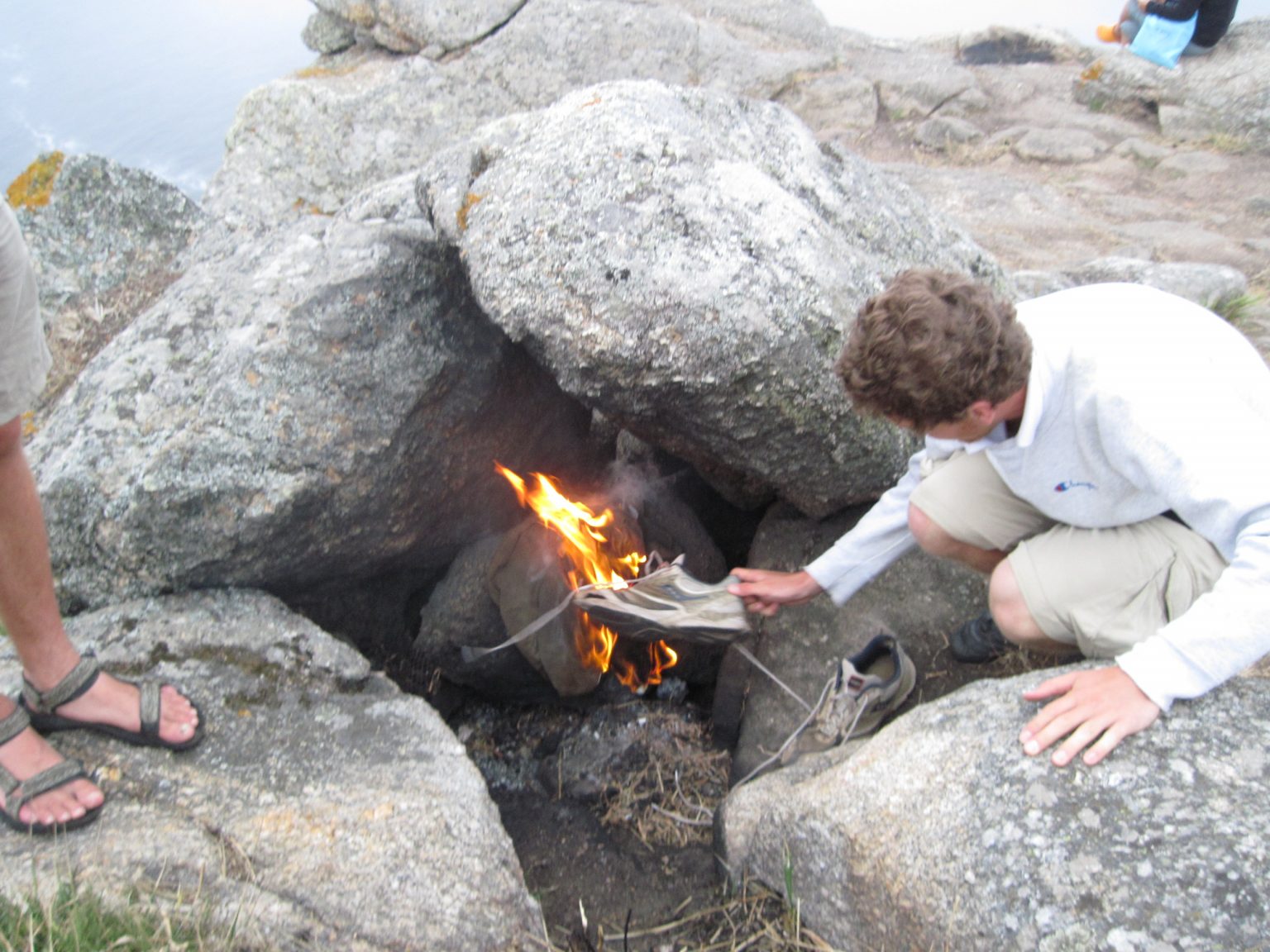
How did you celebrate the finish, the arrival in Santiago?
The great arrival in Santiago de Compostela was a celebration of joy. Some people who walked the road together met now and then, embracing one another- many of them had tears in their eyes. The rituals in Santiago de Compostela, celebrating overcoming difficulties, deepen what arises in man on the way. Pilgrims filled the cathedral, celebrating together in worship. True jubilation it was. At the beginning of the Mass, to welcome the faithful, a list of the pilgrims who had arrived was read. During this reading, nationality was also mentioned. Hearing the names brings tears to the eyes. At the end is still a unique ritual, then comes the Botafumeiro, perhaps the largest incense burner in the world, the emblem of the cathedral. The 53 kg heavy and 1.50 m high incense burner is moved from the central dome by six men. The smell of incense and the singing of the priest fills the cathedral. All this is a symbol of prayer and spiritual purification: “Like an offering of smoke, my prayer rises before you.”
What kind of questions did you set out with on your journey? What drove you to go on a pilgrimage?
Adventure, physical and mental challenge, the limits of one’s own resilience, and exchange of cultural influences, but at the beginning unconsciously many questions of personal self-discovery and professional wayfinding. I felt I had to give myself time off. I teach in the Franciscan high school in Szentendre. As a classroom teacher, I had finished the first year with a new class. I was at a turning point professionally. I was getting older, the children were different. They were not to be steered in any particular direction, they wanted to decide about everything themselves. I just felt insecure, I reached a point where I did not know how to continue. On the way, I had time to think about what to do. Man goes forward, questions constantly arise, and the whole life is there in the thoughts. I was moved by the question, how can I make my job better, what should I change to make my life better. I had time to think and to really embrace what I found as an answer. All resolutions were given a firm foundation.
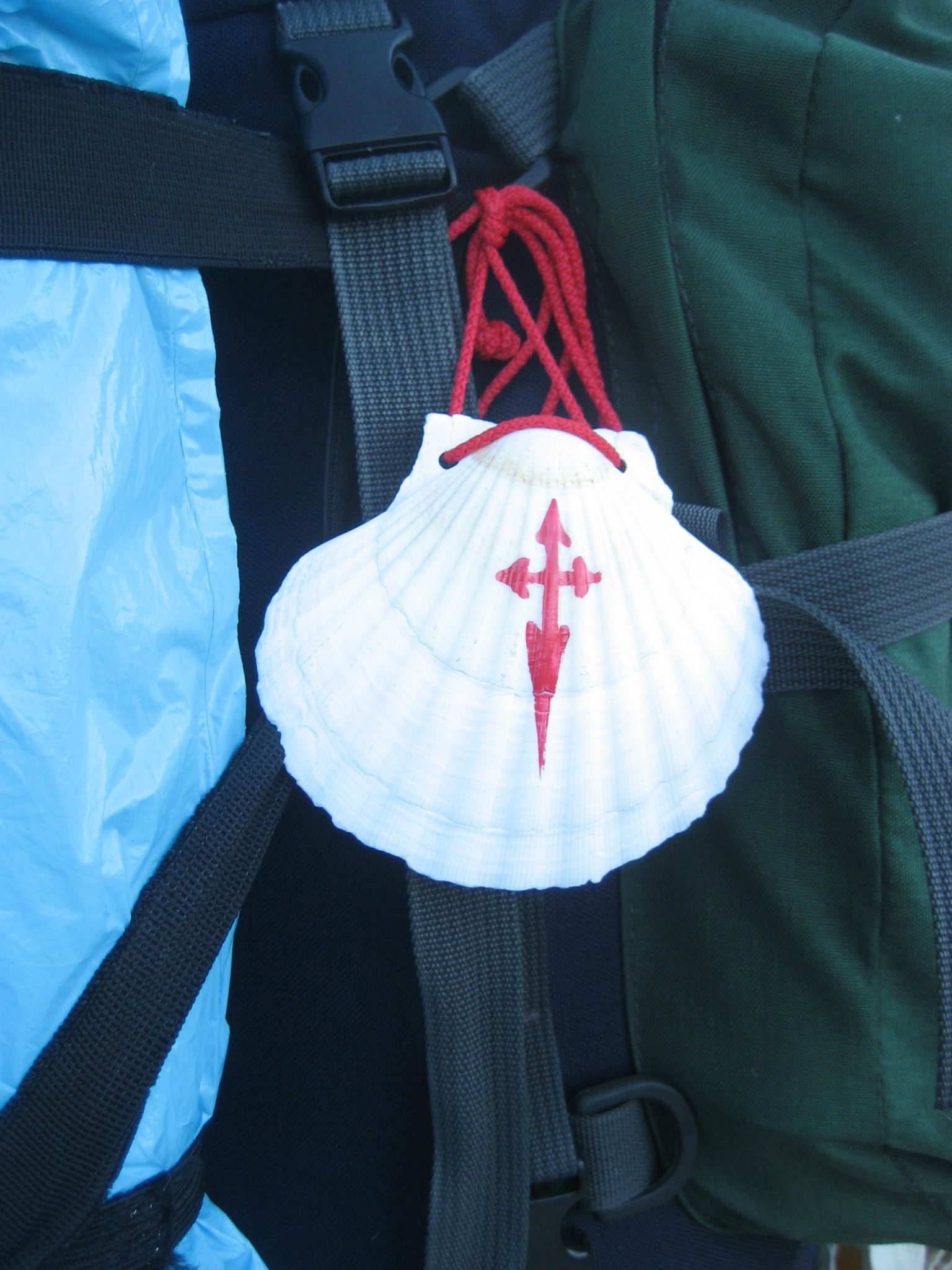
How did you organize yourself for the pilgrimage?
I started the trip with two friends. We knew each other well, for years we sang in the same choir. For forty days we made ourselves available. We chose Camino Frances, the most walked pilgrimage route. It is called the Way of Saint James. Its starting point is in St.Jean-Pied-de-Port on the French side of the Pyrenees. In 34 stages, daily 20-25 kilometers to Santiago, from there another 100 to Finisterre. In St. Jean-Pied-de-Port we registered and got the pilgrim passports, as well as an information brochure. So we had an overview of the area. From there we started.

Forty days on foot. Walk, eat, sleep, and start all over again. What effect does that have on people?
Every day we started early, and we experienced the sunrise already on the way. It took us about six hours for the daily section. That is why we had to keep pace to arrive in the early afternoon, so as to ensure that we get accommodation. Forty days with the path. One experiences oneness. I am for the way, the way is for me, the goal is the way itself. Forest, meadow, field, dirt road, mountain path, traffic route, sometimes up, sometimes down, through villages, towns. The way, the time, and the great letting go. I was able to interpret my life story and make resolutions to change. The path has shaped me. These experiences are unrepeatable moments in my life. Camino is the opportunity to explore unique landscapes and experience the air, nature, and the wind, and you can meet God along the way. The simple way of life, the simple rhythm, and the deceleration give strength and attitude to find a new self.
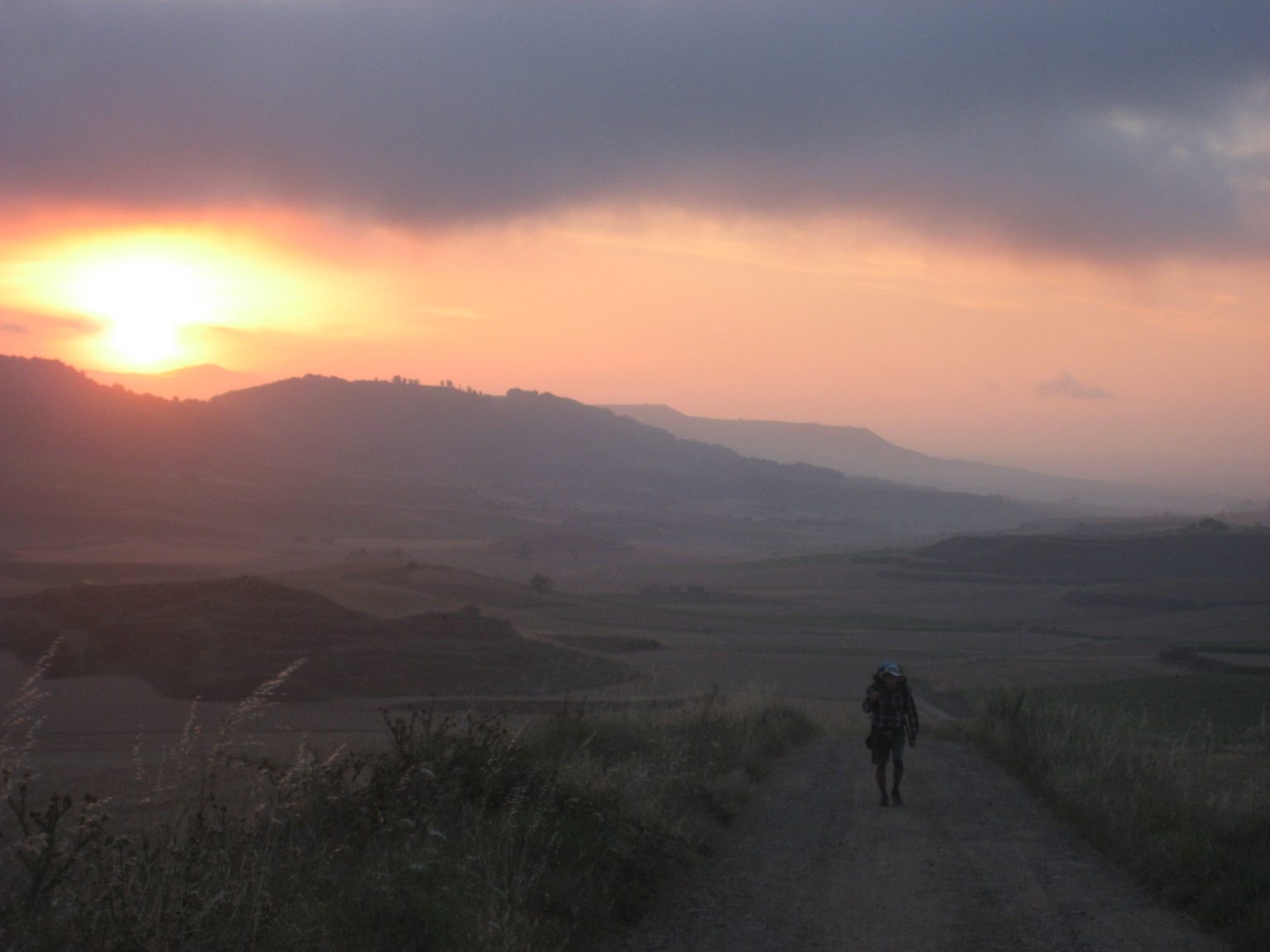
Does the body become accustomed to the workload?
The path starts with a great prelude. You start from the small town of St. Jean-Pied-de-Port on the French border, steeply up, over the Pyrenees, from 200 meters to 1400, so you reach the small Spanish town, Roncesvalles. At five in the morning, we started. With great excitement that we are finally on the way. Always up, soon all around in clouds. All we could see was the path ahead of us. It was pleasantly chilly. Beautiful. With the first swing, we arrived in time. We passed the baptism of fire. Looking back, I realized that each day was easier. We set off and ran the hours, more and more kilometers were behind us. But the sky was not always blue. Our legs felt the way, we sometimes experienced weakness, and there were lows too. There were hot days, and uninterrupted sun, but we had to go forward. For me it is characteristic that I never give up, I am very disciplined. Some things tire me to the point of exhaustion, yet I keep going. Walking strained my strength, but I did not suffer. I am proud that I made the Camino, but do not exaggerate my performance.
What were the lows like?
Both emotionally and physically we had to prove ourselves. There was a stretch called a desert. An endless plain, nothing for 16 kilometers, relentless sun from above. We ran and ran. Everything was already hurting. Nothing could be seen, we were at the end of our strength when we saw the Hontanas 1 kilometer sign posted. Hope that we would arrive, but also doubt, as there was nothing in the distance. After ten minutes a steep slope, in a small basin lay the small village. I experienced great relief.
But the hardest was when I got food poisoning. It happened after our arrival in a monastery. A guitar was playing, and people were singing – a cheerful mood welcomed us. We joined, and then took part in the dinner. I suddenly felt sick and ran to the restroom. An hour later I already had a fever, I felt infinitely weak, so we could not continue the next day. I lay in bed all day, and the next morning we had to continue the walk. I had hardly any strength, every hundred meters I had to sit down. I rested for a few minutes, then I continued. Slowly my condition came back. I understood that the head decides what one can bear. I went on, and in the evening I reached my goal.
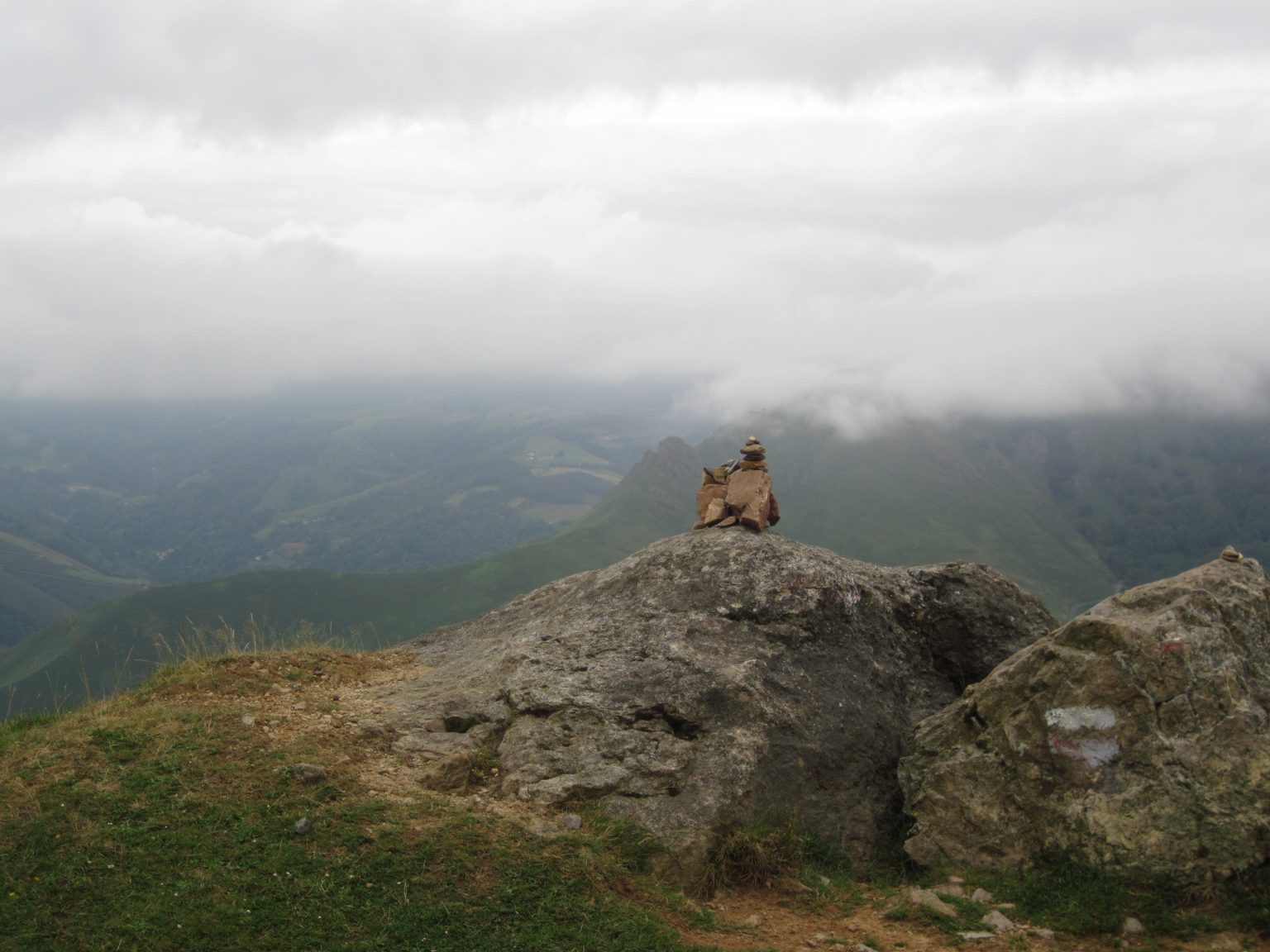
How was it with the acquaintances?
It is very valuable that people unknown to me become companions for certain sections. There were many encounters with people who impressed me deeply. Inhibitions fall very, very quickly on the Way of St. James. People talk to each other, people are there for each other, and show openness and willingness to help. We met several Hungarians, but also other nationalities: Norwegians, Swiss, Austrians, Finns, even Australians came into conversation with us. It was always a great pleasure to meet someone again. We had the opportunity to have healing, profound conversations. The path led us to each other. These acquaintances brought us a deeper understanding of life and gave us experiences that helped us to broaden our horizons.
We could also experience the hospitality of the locals. Once a Franciscan priest was our host. When he learned that we came from a Franciscan school and could even play the piano, we were served like kings. We were able to experience the power of community. I will never forget that. The Way of St. James was one thing for me above all: a confirmation and an encouragement.
Featured image and photos via Csaba Ujvári